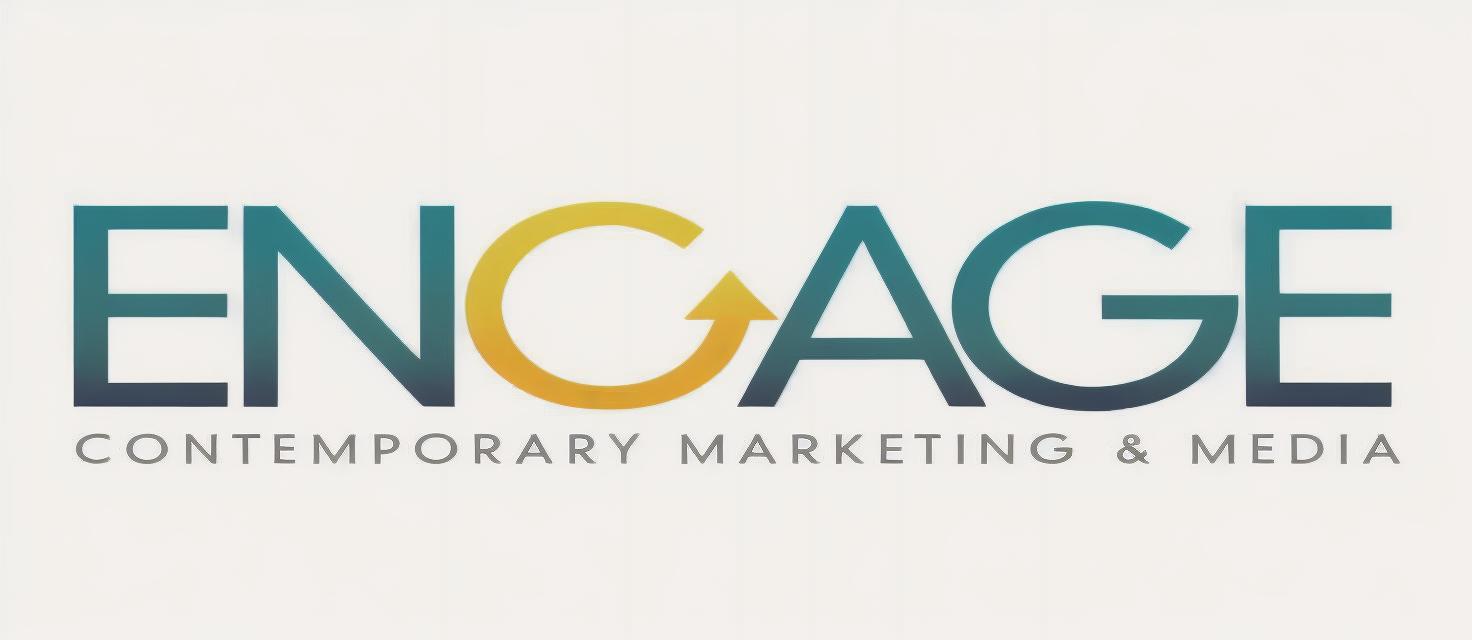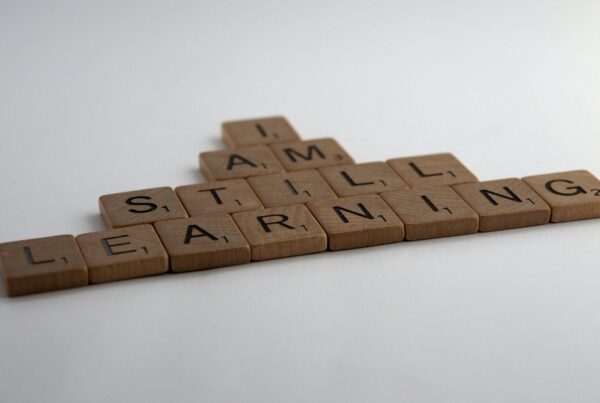In a world saturated with information, the ability to absorb, comprehend, and extract meaning from written texts stands as an invaluable skill. English, with its intricate nuances and rich literary tradition, presents both a challenge and an opportunity for readers around the globe. Whether you’re a student striving to conquer academic texts, a professional seeking to stay ahead in a competitive landscape, or simply an avid reader eager to dive deeper into the kaleidoscope of human experience, honing your English reading skills can open doors to new realms of knowledge and understanding. In this guide, “How to Improve English Reading Skills (Become a Master Reader),” we will embark on a journey to enhance your reading proficiency, equipping you with techniques and insights that transform you into a masterful reader. Let’s turn the page and discover the art of reading with purpose, precision, and pleasure.
Table of Contents
- Develop a Consistent Reading Habit
- Explore Diverse Reading Materials
- Enhance Vocabulary through Context
- Engage in Active Reading Strategies
- To Conclude

Develop a Consistent Reading Habit
One of the essential steps to enhancing your English reading skills is to establish a consistent reading habit. Start by setting aside specific times each day dedicated solely to reading. This routine can be as simple as reading for 15 minutes every morning with your coffee or winding down with a book before bed. Creating this habit not only helps improve your reading speed and comprehension but also makes it more enjoyable as it becomes a natural part of your day. Track your progress by keeping a reading journal where you note down books you’ve read, new vocabulary you’ve encountered, and your thoughts on the material. This reflection process can reinforce learning and keep you motivated.
Incorporate diversity in your reading materials. Explore various genres, authors, and formats to keep things intriguing. Here are some suggestions to get started:
- Fiction: Novels, short stories
- Non-fiction: Biographies, self-help books, articles
- Magazines: Science, fashion, technology
- Online resources: Blogs, news websites, forums
Using a
| Genre | Example |
|---|---|
| Fiction | To Kill a Mockingbird by Harper Lee |
| Non-fiction | Sapiens by Yuval Noah Harari |
| Magazine | National Geographic |
| Online Resource | BBC News |
not only expands your perspective but also exposes you to different writing styles and vocabularies, making your reading experience richer and more effective.

Explore Diverse Reading Materials
Delving into a variety of reading materials can vastly enhance your English reading skills. Diversifying your reading sources expands not just your vocabulary, but also your understanding of different contexts, styles, and perspectives. Engage with fiction and non-fiction books, magazines, newspapers, and online articles. This array of content will help you grasp various tones and terminologies. Additionally, explore graphic novels and comics for a more visual storytelling method, which can make learning fun and engaging, especially for visual learners. Don’t shy away from academic journals and research papers; these will introduce you to formal writing styles and specialized vocabulary.
To maximize benefits from diverse reading, use these strategies:
- Mix genres and formats: Read romance, science fiction, historical texts, blogs, and technical manuals.
- Set weekly themes: Focus on different topics like environment, technology, or arts each week.
- Join reading groups: Both online and offline communities can offer recommendations and discussions.
- Utilize library resources: Libraries often have a curated selection of diverse reading materials.
- Follow book blogs and podcasts: These platforms often review a wide variety of books and authors, giving you fresh material to explore.
| Type | Example Sources | Key Benefits |
|---|---|---|
| Fiction Books | Goodreads, Local Library | Expands imagination, enhances empathy |
| Magazines | National Geographic, Wired | Current events, specialized knowledge |
| Online Articles | Medium, The Guardian | Flexible, varied topics |
| Graphic Novels | Manga Rock, Webtoon | Combines visual and textual learning |

Enhance Vocabulary through Context
One of the most effective ways to broaden your vocabulary is by understanding new words within the context they are used. Instead of memorizing definitions from a dictionary, encountering a word multiple times in different sentences helps you grasp its nuances and connotations. For instance, when you read a novel or an article, pay close attention to how words are naturally woven into sentences. This contextual learning will not only help you remember the new terms but also show you how to use them correctly in your own sentences.
Here are a few tips to maximize your vocabulary enhancement through context:
- Annotate: Highlight or underline unfamiliar words and phrases.
- Use Context Clues: Look for hints in the surrounding text to infer the meaning.
- Practice: Create your own sentences using the new words.
- Revise: Regularly revisit your highlighted words to reinforce learning.

Engage in Active Reading Strategies
To elevate your English reading skills, it’s essential to immerse yourself deeply in the text. Start by posing questions as you read. Ask yourself: “What is the main idea?“, “What are the supporting details?“, “How does this relate to what I’ve read before?” These questions will keep your mind actively engaged and help you understand the text fully. Moreover, incorporating annotation techniques can be incredibly beneficial. Highlight key points, underline unfamiliar terms and note down quick thoughts in the margins.
Utilizing graphic organizers can also significantly enhance comprehension. They offer a visual representation of the text, making complex information more digestible. Consider using skimming and scanning methods for varied texts. Skim to get the gist of the material and scan to locate specific information quickly. Here’s a small table on the differences:
<table class="wp-block-table">
<thead>
<tr>
<th></th>
<th><strong>Skimming</strong></th>
<th><strong>Scanning</strong></th>
</tr>
</thead>
<tbody>
<tr>
<td><strong>Purpose</strong></td>
<td>Get an overall idea</td>
<td>Find specific details</td>
</tr>
<tr>
<td><strong>Time</strong></td>
<td>Quick</td>
<td>Moderate</td>
</tr>
</tbody>
</table>Combining these techniques ensures a more dynamic and interactive reading experience, ultimately leading to improved mastery over language and text.
To Conclude
As you embark on your journey to become a master reader, remember that each step—each swift scan of a paragraph or slow savor of a sentence—brings you closer to a richer understanding of the English language. Reading, much like any other art, thrives on patience, practice, and passion. Let the pages you turn become the canvases where your newfound skills paint vivid experiences and insightful interpretations. May your literary adventures be as endless as your curiosity, and may your growth as a reader be boundless. Every book is a new horizon; every word, a star guiding you towards unparalleled mastery. So, set forth with confidence, and let the world of words unveil its wonders to you.






